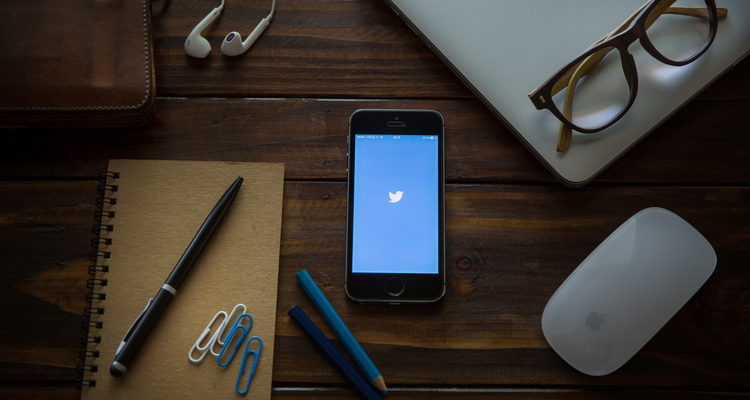
Photo Credit: shutterstock
Twitter is trying hard to make the social network a safer, more inviting place for everyone by cracking down on “low-quality” tweets that harass, abuse or offend other users. As a result, the world’s third most popular social network recently announced that it would be hiding potentially abusive tweets, flagging certain user profiles and making sure that certain “sensitive content” did not appear in Twitter search results.
So what could possibly go wrong?
We’ve all heard examples of people leaving Twitter forever because of the amount of hate speech, abuse, racism or sexism that can overwhelm some Twitter accounts. The one case that will make you absolutely sick to your stomach involves the actress Leslie Jones (of “SNL” and “Ghostbusters”), who was forced off Twitter in 2016 by online abuse that was both shocking and sickening.
However, here’s the paradox: if Twitter goes too far in hiding content, blocking content or marking some people’s tweets as offensive and containing “sensitive content” – does it risk impinging on a user’s right to free speech?
In its current efforts, Twitter says that it is mostly relying on software to identify abuse. And that leads to even more problems, because what might be offensive to a computer might not be offensive to a typical person.
Here’s just one example: the tech site Mashable decided to have a closer look at what type of content was being flagged by Twitter. What they found was that even seemingly innocuous content – like tweets from a tech journalist who occasionally got carried away and used a four-letter expletive – could be flagged by Twitter.
Moreover, Twitter appears to be blocking content that has been deemed as “potentially abusive” – but that has not yet been officially reported as being abusive. Thus, you might be on some kind of “bad list” and not even know it.
Who determines what’s offensive?
While most people can agree on certain basic definitions of what constitutes “hate speech” and the type of content that should be definitely banned or blocked from Twitter, it’s not so easy with other forms of content. For some people, the latest Emma Watson “topless photo” for Vanity Fair that everyone is talking about is “tasteful nudity,” but for others, it’s something much more disturbing and a rejection of feminism.
Just as a thought experiment, Google “list of books banned by governments.” These are books that some governments have claimed are not granted the right to free speech. You’ll see some absolutely incredible examples of books that people today would be shocked to see on the list of formerly banned books – like “Alice in Wonderland,” “Animal Farm,” “Green Eggs and Ham,” “Madame Bovary,” and “Ulysses” by James Joyce. (In case you’re wondering, “Green Eggs and Ham” was banned in China for its “portrayal of early Marxism.”)
That’s not to say that Twitter trolls are out there creating the equivalent of the next “Alice in Wonderland” – it is just a cautionary note of how the topic of free speech is not as obvious as you might think.
And that’s the problem that Twitter faces right now: things have obviously gotten out of control on Twitter, but if Twitter acts too decisively, it could be going too far in the opposite direction. After all, there’s something very jarring about clicking on an innocent Twitter user’s profile, only to see a warning message like “CAUTION: This profile may include sensitive content.”
Whatever the case, it’s clear that all of the major social networks are being forced to confront the limits of free speech. In the case of Facebook, it’s fake news. In the case of Twitter, it’s certain words, expressions or ideas. It’s a fine line to navigate: nobody wants to live in a world of hate and bigotry, but then again, nobody wants to live in a world of censorship and the online “thought police.”